If you’re anything like me, you have some traumatizing memories of eating those chalky, bitter, and disgusting chewable vitamins as a kid. I somehow managed to trick my parents into thinking I was eating my vitamins when I was really creating a stash of them behind our couch.
Luckily for us chewable vitamin haters, there are a ton of hidden vitamins and nutrients in the foods we eat every day. Veggies like carrots, broccoli, and tomatoes are full of nutrients like beta-carotene, lycopene, and Vitamin C.

Photo by Maddie Cole
There is a lot of debate over the best way to cook your veggies to preserve the most nutrients. Some people believe that eating them raw is the best, while others believe that cooking them enhances the nutritional content.
But the truth is, both are correct – it depends on what veggie you’re cooking because cooking them affects each vegetable and its vitamins differently. So we’ve created an in-depth list of your favorite veggies complete with the best way to prepare them.
Carrots
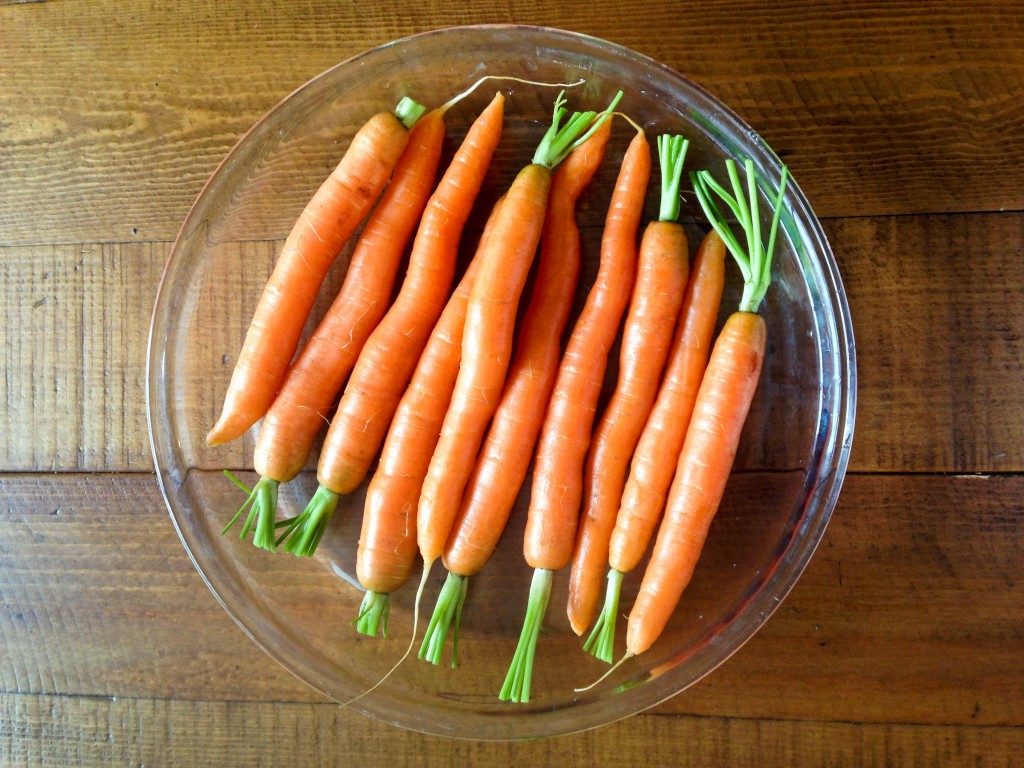
Photo by Charlotte Hull
Carrots are full of beta-carotene, which our bodies convert into Vitamin A. According to a study published in the Journal of Agricultural and Food Chemistry, cooking carrots actually enhances the amount of beta-carotene. The recommended preparations are boiling and steaming for 7-9 minutes.
Tomatoes

Photo by Alia Wilhelm
Tomatoes are rich in lycopene, a pigment that can lower your risk of cancer and heart attacks. Tomatoes are also best cooked for about 10 minutes – a study showed that cooking tomatoes caused the lycopene amount to raise by 35%. Check out how you can eat more tomatoes.
Broccoli
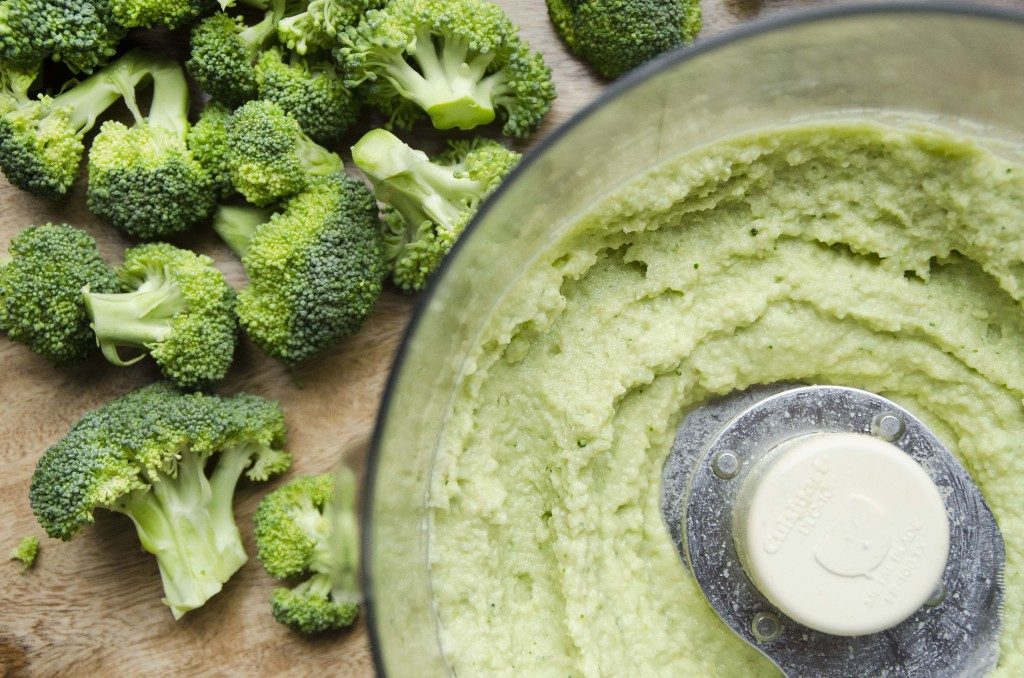
Photo by Becky Hughes
Broccoli is a nutrient powerhouse, it’s full of Vitamin C, Vitamin B6, fiber, protein, and more. Although steaming broccoli can enhance some of these antioxidants, it’s better left raw. This is because heat damages the enzyme myrosinase, which breaks down the glucosinates in broccoli into the compound sulforaphane, which can kill precancerous cells.
Spinach
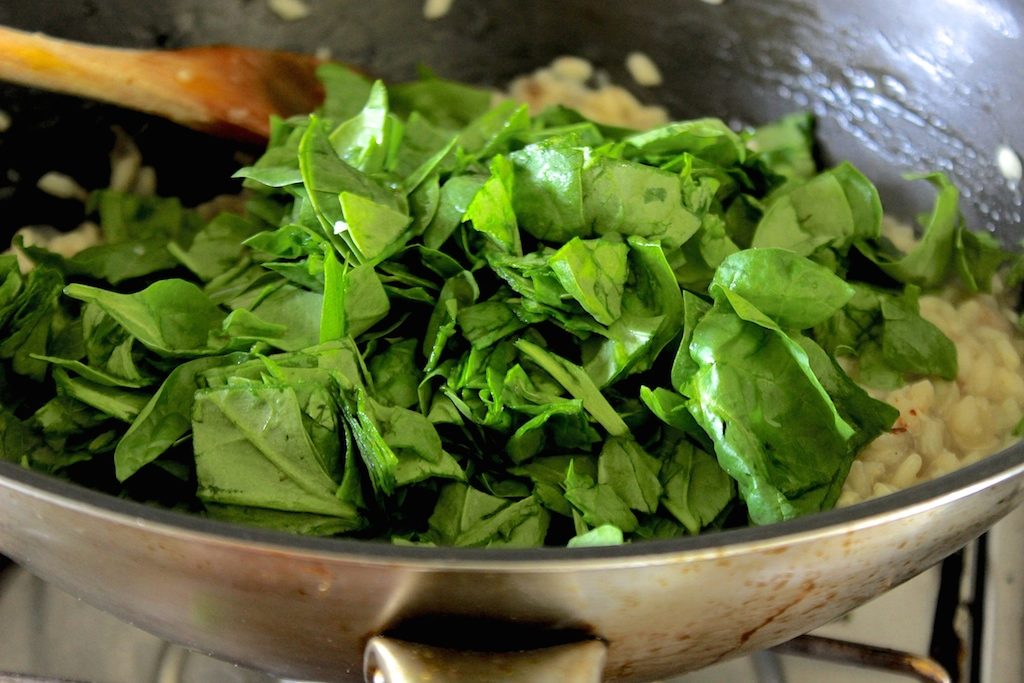
Photo by Vedika Luthra
Spinach is high in zinc, protein, and lots of vitamins. Research suggests that boiling or steaming spinach for only about 2 minutes supplies more antioxidants like cartenoids to the body than when it’s raw. However, it can also lose some Vitamin C after cooking. So it’s safe to eat spinach raw or cooked depending on which nutrients you want most. Check out these spinach and quinoa stuffed peppers to get your spinach fix.
Asparagus
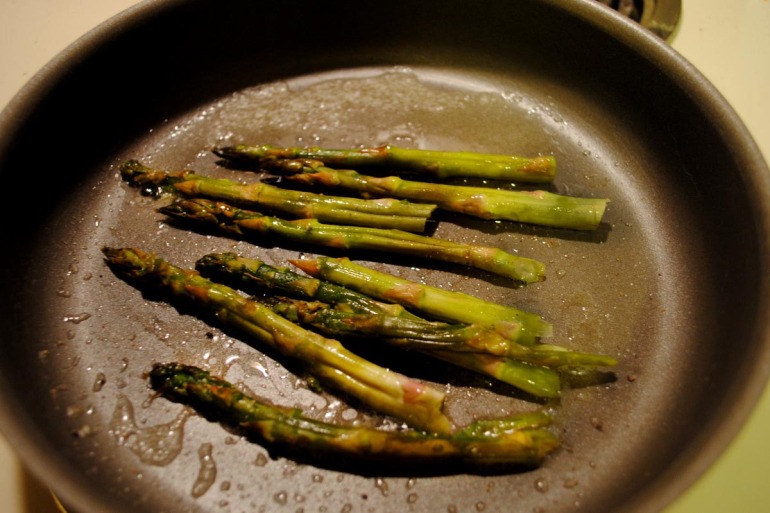
Photo by Kimberlee Bochek
Asparagus contains many antioxidants, folate, and potassium. Folate is pretty sensitive to heat, so it’s best to lightly steam it for around 12 minutes to get the most benefits. Check out some new and amazing asparagus dishes here.
Green Beans
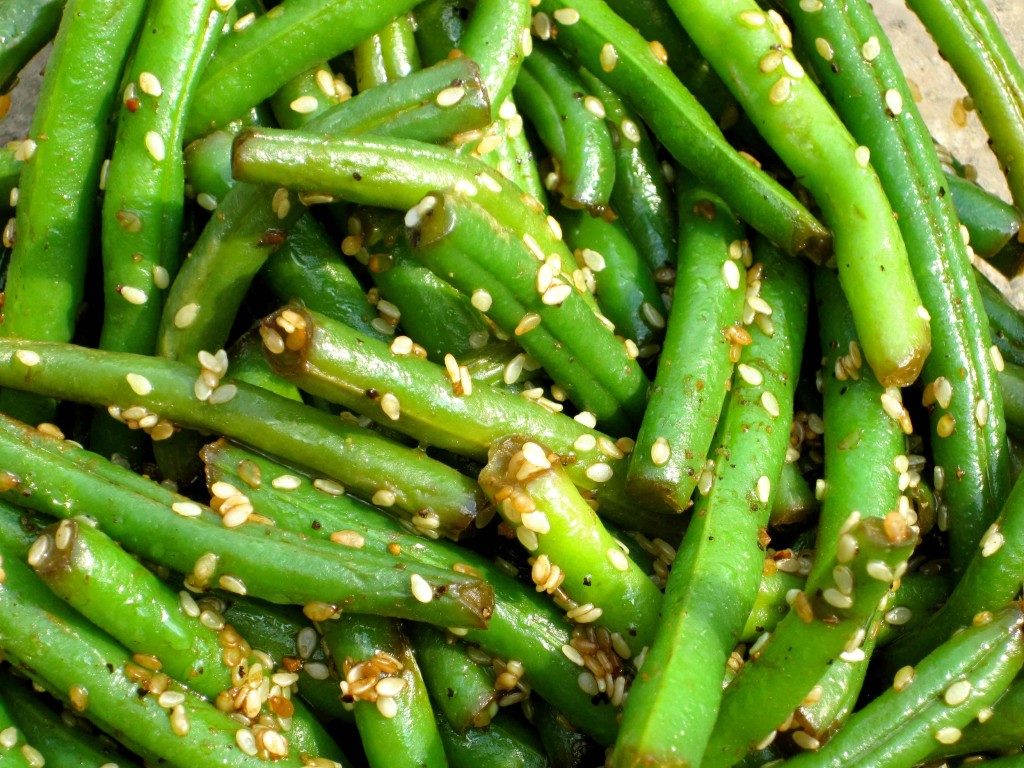
Photo by Mary McGrath
Green beans are tough little guys – they apparently can keep their antioxidants in any preparation so feel free to boil, steam, roast, or microwave them to your heart’s content. Try these soy glazed sesame green beans.
Kale
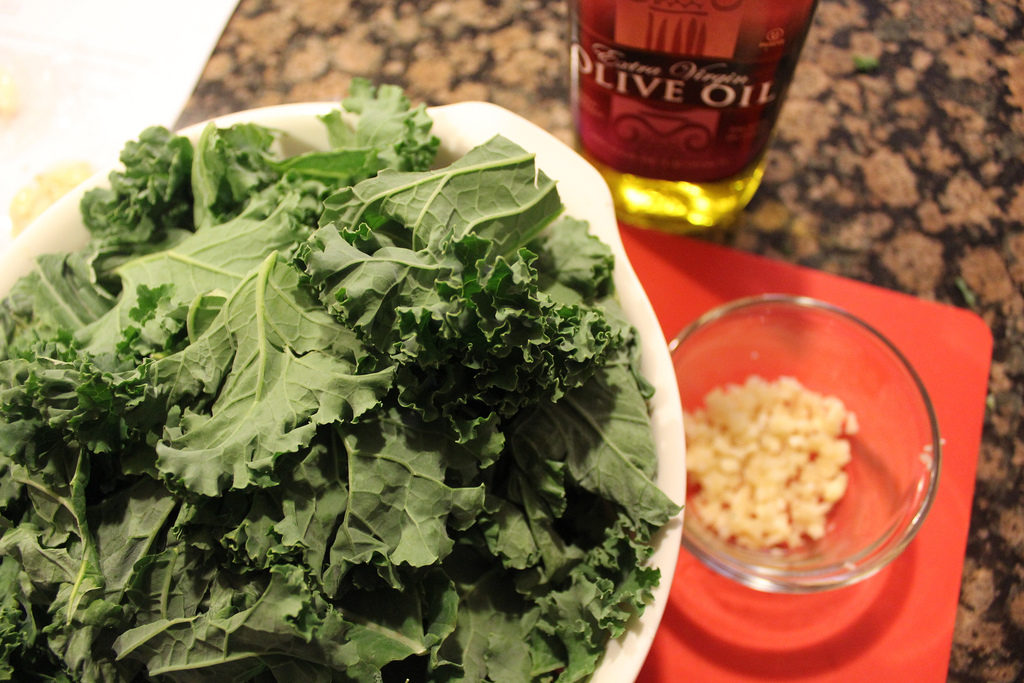
Photo by Alex Weiner
Kale is seriously packed with nutrients like Vitamins K, A, and C, Calcium, and Iron. Surprisingly, calcium is actually better absorbed from kale than milk. Cooking can reduce the amount of these antioxidants in kale so it’s best to eat it raw in a salad.
Bell Peppers
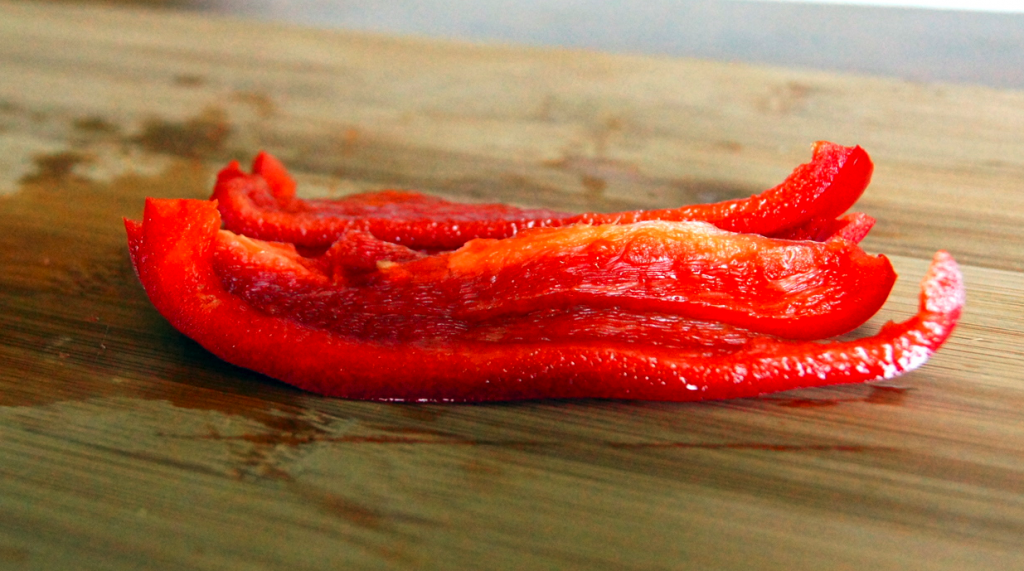
Photo by Amanda Gajdosik
Bell peppers are full of Vitamin C and beta-carotene. Research shows that boiling reduces the amount of nutrients in peppers, but microwaving does not. So cook those babies in the microwave for 3-4 minutes to get the max amount of benefits.
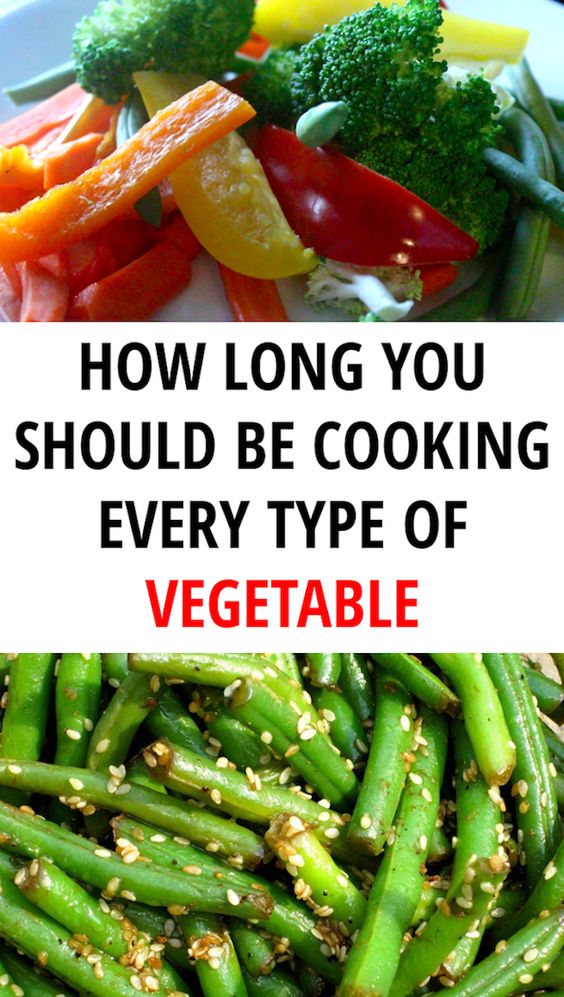
Graphic by Spoon University


